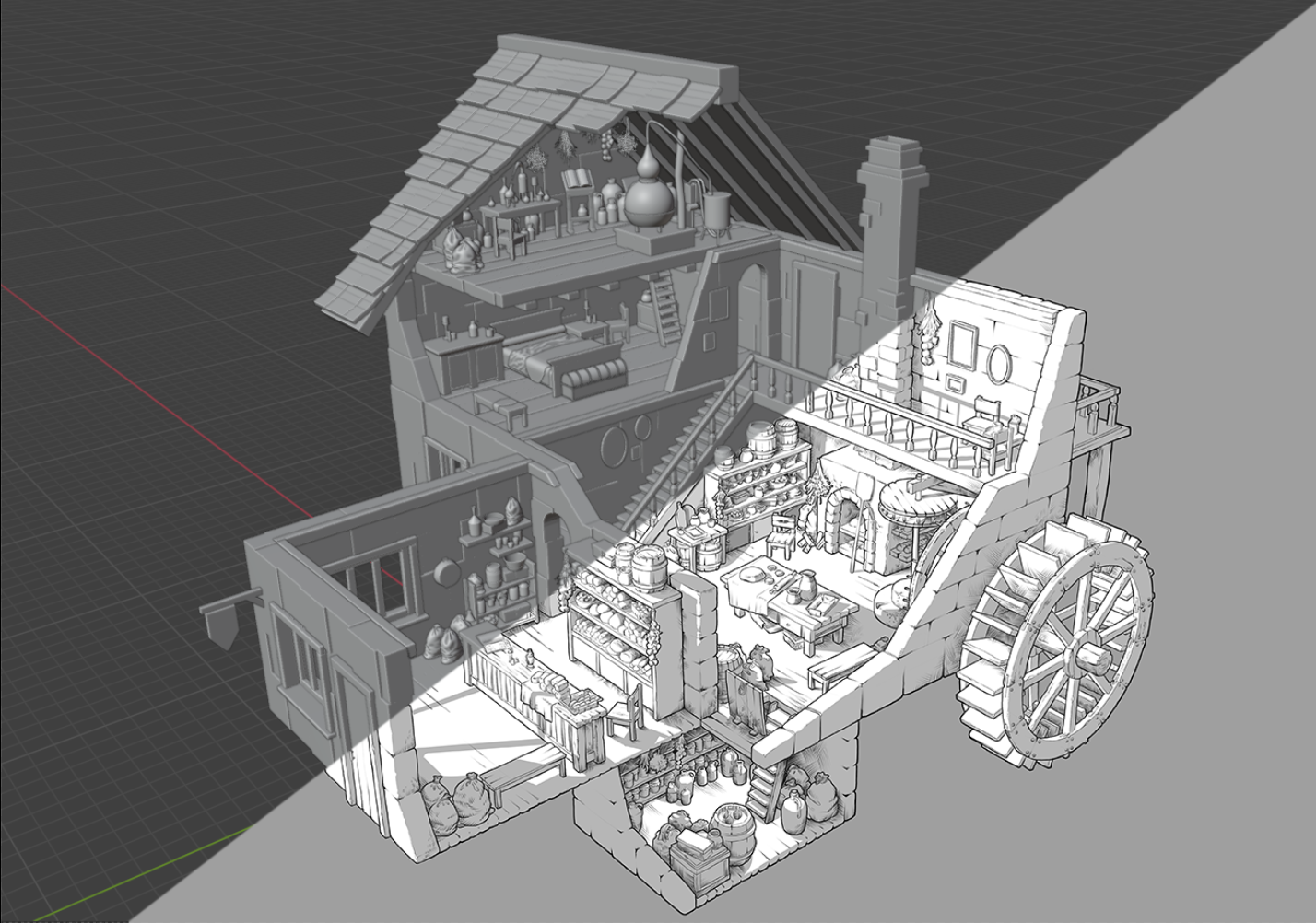Your First Steps: Navigating the World of 3D Software
- Home
- Your First Steps: Navigating the World of 3D Software

Your First Steps: Navigating the World of 3D Software
- Anucha Sutthichat
Stepping into the world of 3D software can be daunting. The vast array of tools, each with unique interfaces and functions, often overwhelms newcomers. This initial complexity deters many aspiring artists, causing them to abandon creative pursuits before even starting. Aetherbytezni aims to simplify this journey, helping you know where to begin.
Beyond the initial software choice, users face a daunting array of features. From modeling to texturing, rendering, and animation, each demands distinct skills. This feature overload can induce decision paralysis, making it difficult to focus on foundational concepts. Many get lost in advanced functionalities before mastering basics, leading to frustration.
The learning curve for 3D software is notoriously steep. Unlike simpler applications, proficiency requires dedication and consistent practice. Compounding this is the fragmentation of learning resources. Tutorials and forums are scattered, often inconsistent or outdated. Finding a clear, progressive learning path is a genuine struggle.
Another significant barrier is the demand 3D software places on computer hardware. High-resolution models and complex scenes require substantial processing power, memory, and a capable graphics card. Users often encounter frustrating slowdowns or crashes, impacting productivity. Understanding these technical requirements early saves considerable frustration and investment.
- The lack of a structured learning roadmap leaves beginners adrift, unsure which software or features to prioritize. Many jump into complex projects prematurely.
- Overemphasis on advanced features in marketing misleads newcomers, suggesting mastery of everything at once, rather than incremental skill building.
- High costs for professional software and powerful hardware create a significant barrier, discouraging entry for those on a limited budget exploring 3D.
Start with Beginner-Friendly Software
The first step is choosing software known for accessibility and strong community support. Programs like Blender (open-source) or SketchUp (intuitive) offer excellent starting points. They help users grasp fundamental 3D concepts without complex menus.
Focusing on one tool builds confidence and understanding of core principles: navigation, basic modeling. This foundational knowledge is transferable, easing transitions to more specialized or industry-standard software later.
Adopt a Structured Learning Approach
Instead of random tutorials, commit to a structured learning path. Seek comprehensive online courses or curated modules that progress logically from basic to advanced topics. Platforms like Udemy or dedicated YouTube channels offer great curricula.
Prioritize mastering one concept at a time, like polygon modeling, before texturing. Consistent, daily practice, even short periods, is more effective than sporadic long sessions. Joining communities for questions and sharing progress is invaluable.
Invest in Foundational Hardware and Incremental Upgrades
While top-tier hardware is beneficial, beginners can start with a moderately powerful system for entry-level 3D software. Focus on a decent CPU, at least 16GB RAM, and a dedicated graphics card, even if not the latest model.
As skills develop, consider incremental hardware upgrades. This avoids large initial investment while ensuring smooth workflow. Aetherbytezni can guide users on optimal configurations for their learning journey and future growth.
- Burnout from information overload: Learning too much too fast. Recommendation: Set small goals; celebrate minor successes.
- Wrong software choice: Overly complex programs hinder progress. Recommendation: Research beginner-friendly options; use free trials.
- Inadequate hardware: A slow system makes learning tedious. Recommendation: Meet minimum software requirements; upgrade components as needed.
 Aetherbytezni
Aetherbytezni
Comments 4